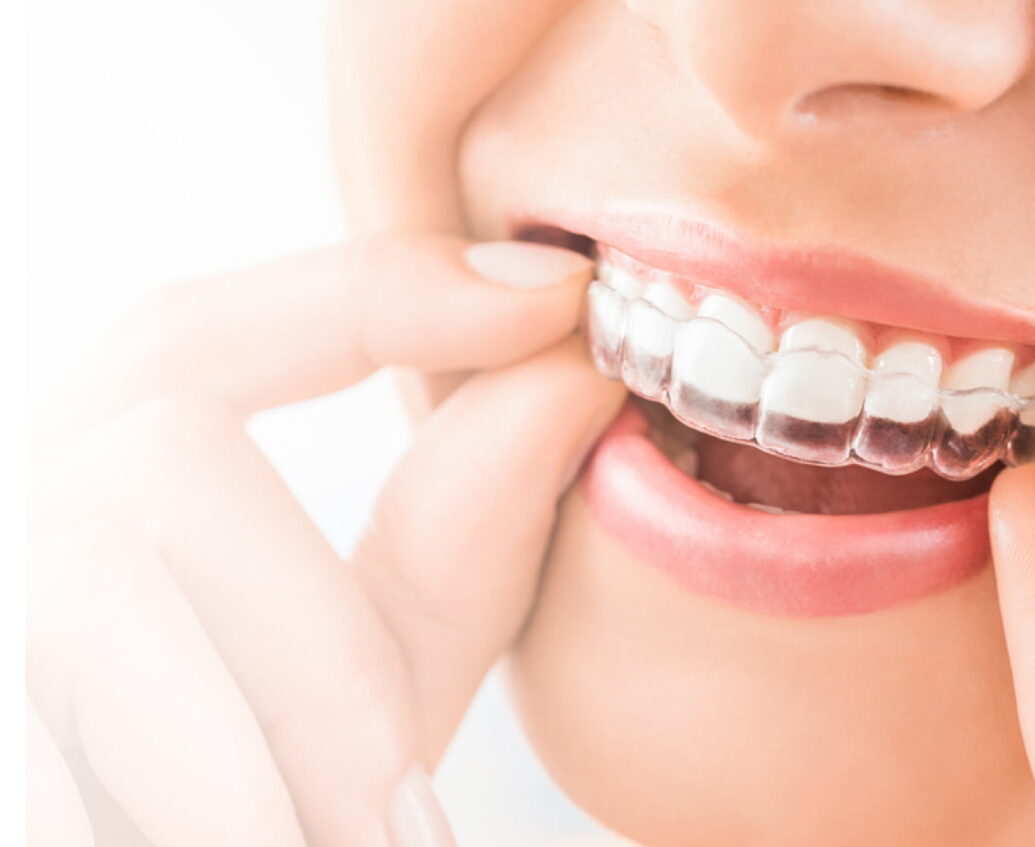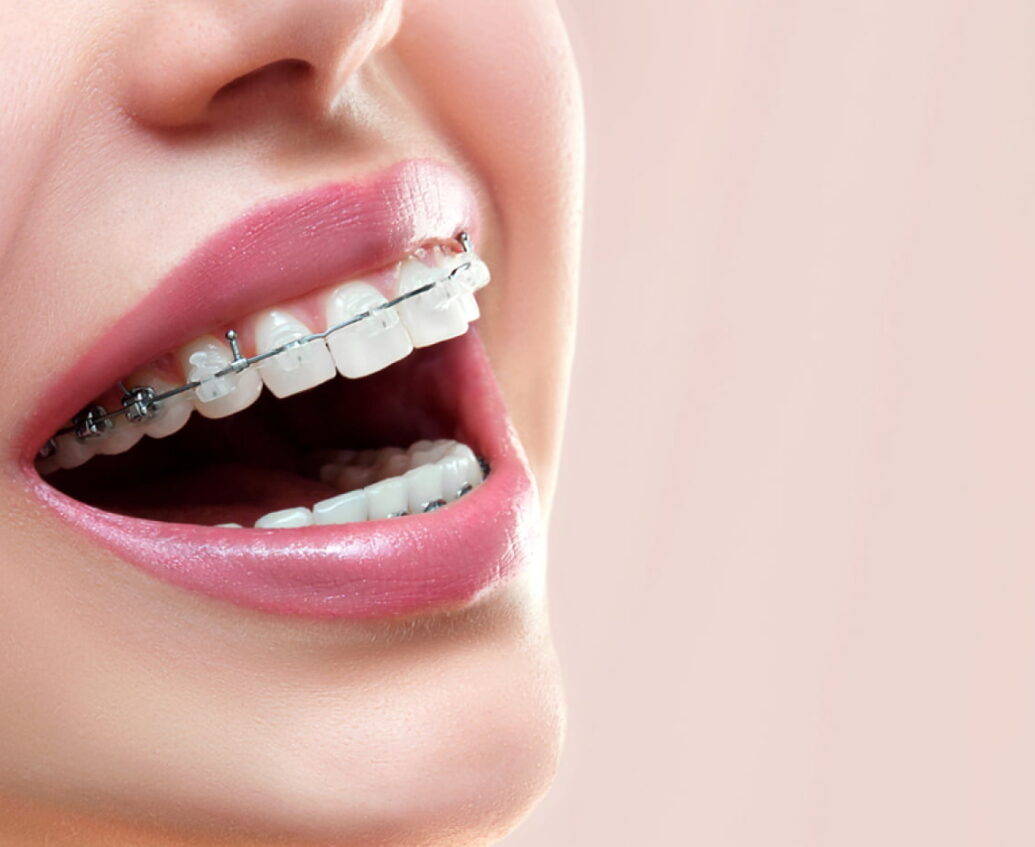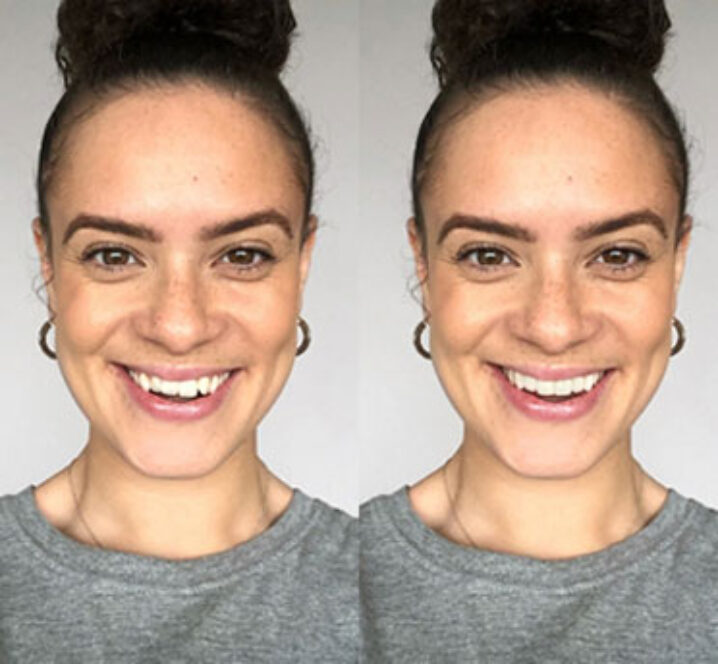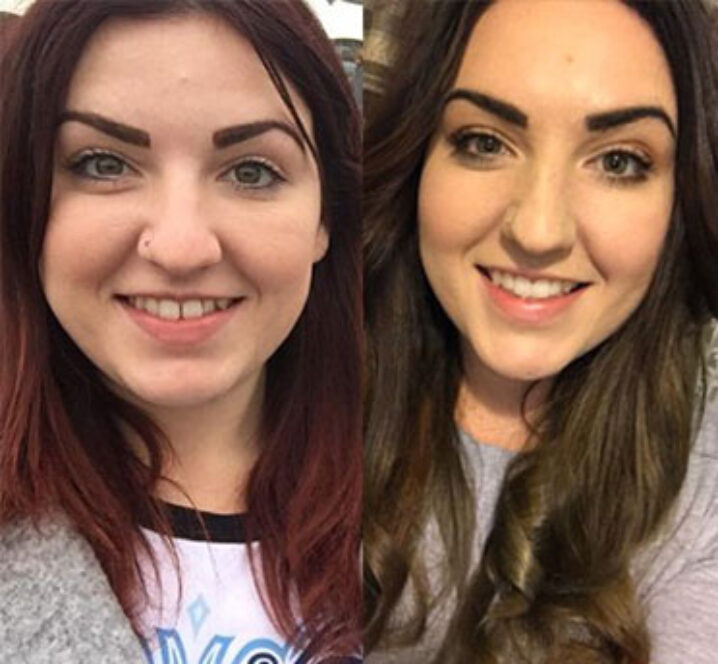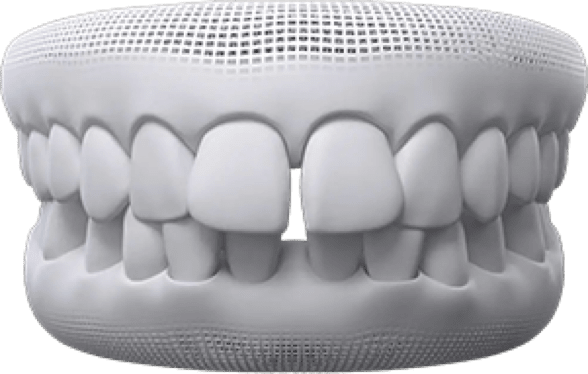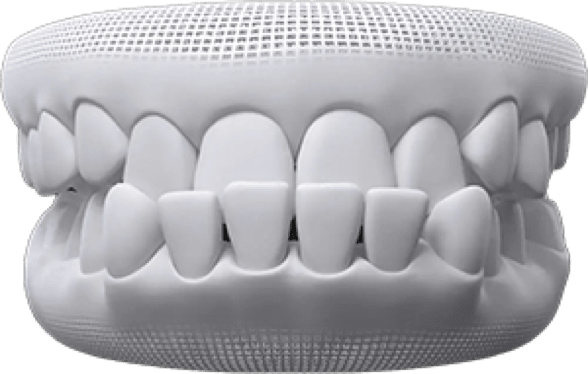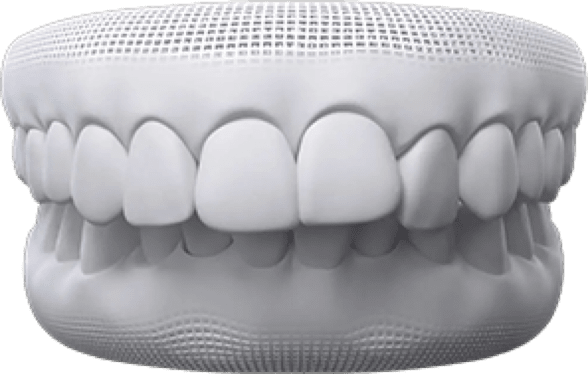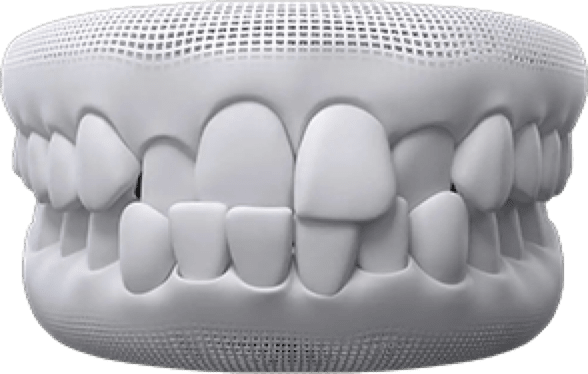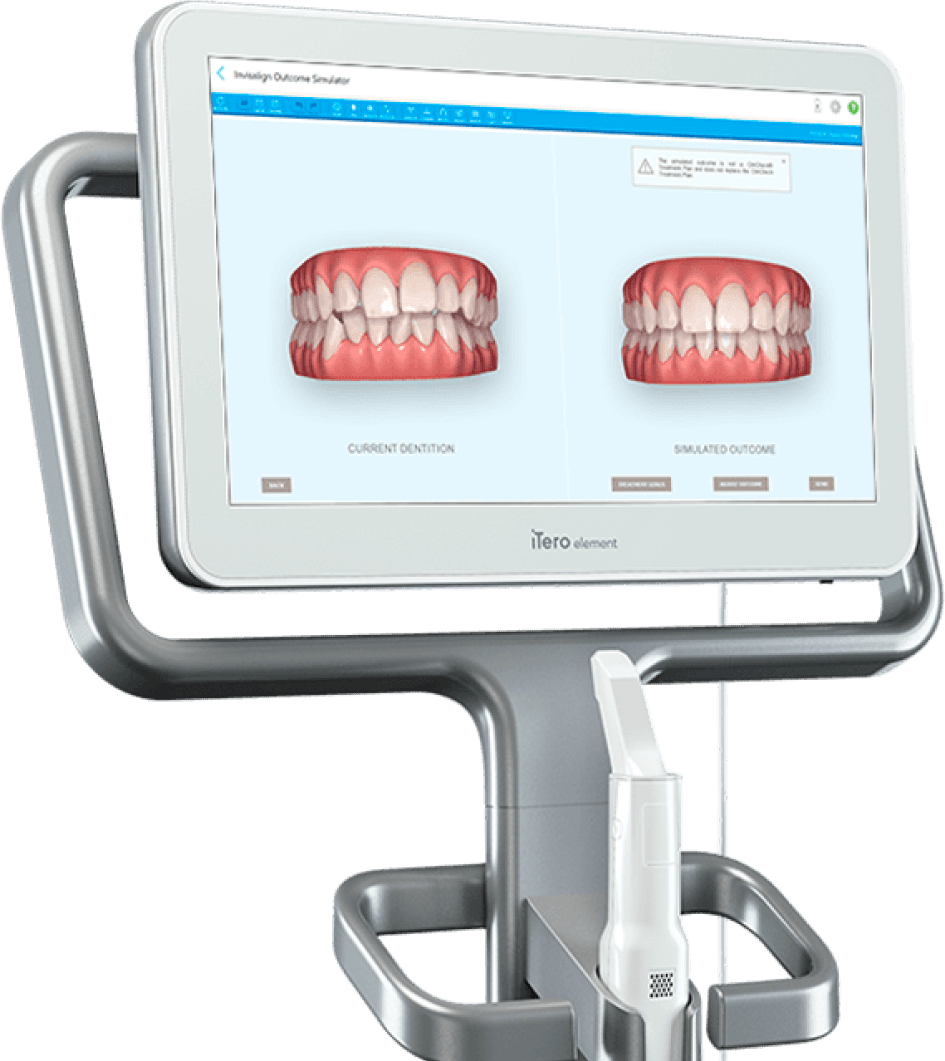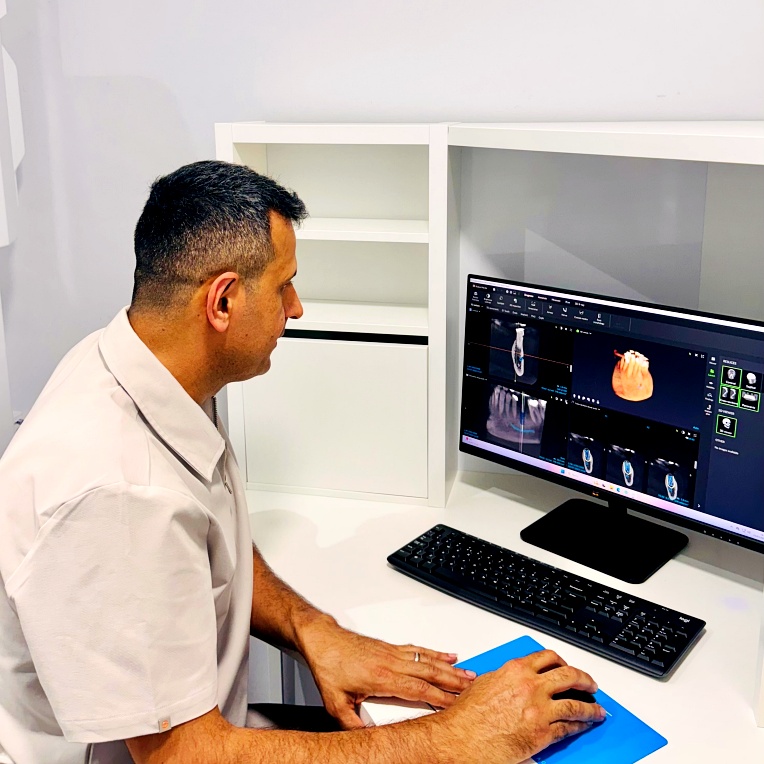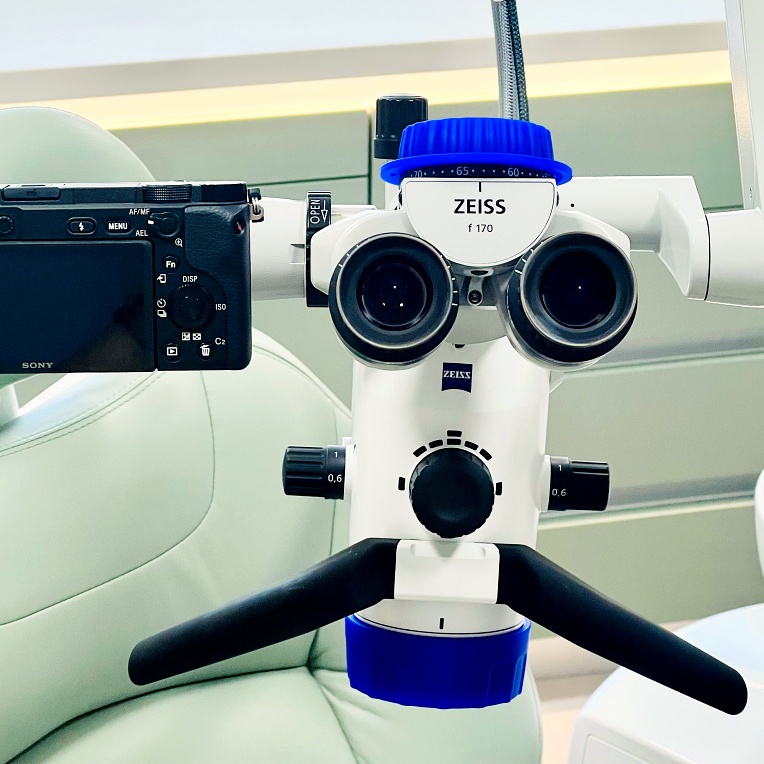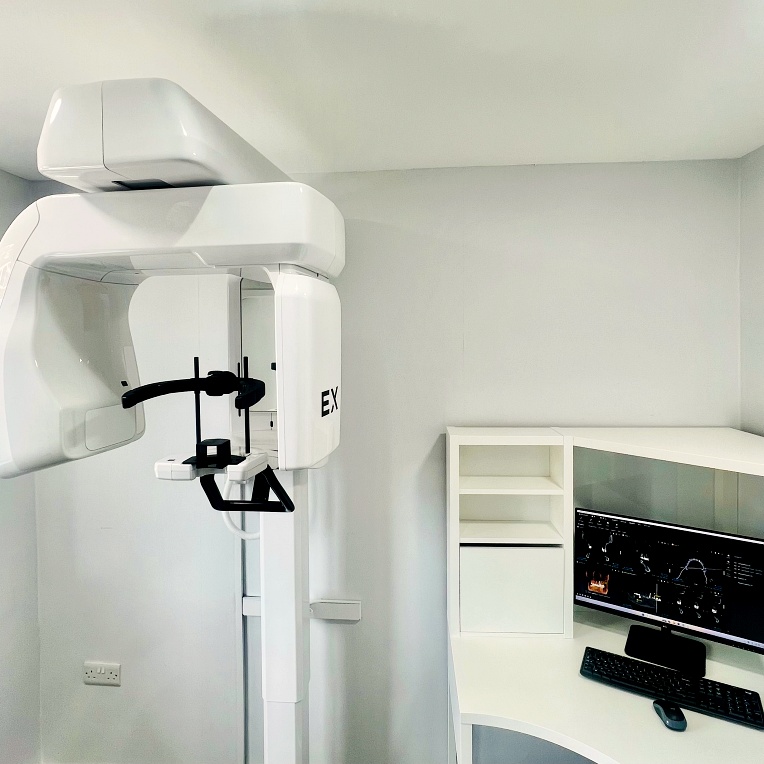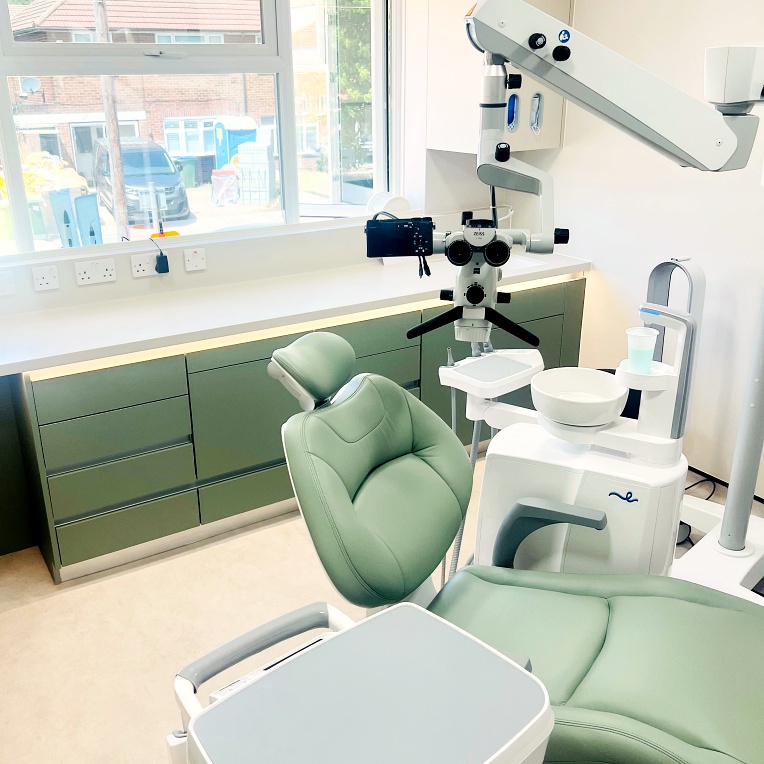Could Invisalign® treatment be right for me?
Invisalign® treatment can be a great solution for both adults and teens seeking a virtually invisible method to enhance their smile.
Our innovations and technological advancements make it possible to fix nearly all common teeth-straightening and bite issues, from simple to complex, all without interrupting your busy life. And, thanks to a discreet blue dot on the outside of the teen aligners, parents can be sure their child is wearing their clear aligners as directed.
What is the treatment process?
Invisalign® treatment begins with a consultation with an Invisalign®-trained dentist. Your dentist will evaluate your smile and then map out a precise, customised digital treatment plan that showcases the step-by-step transformation of your smile.
Once you approve your plan, your unique aligners will be created. You will wear each set of aligners for 20 to 22 hours a day, changing to a new set of aligners every 1 to 2 weeks, as directed by your dentist.
Each set of aligners will gently and gradually shift your teeth into place, according to your treatment plan, to help you achieve your beautiful new smile.
How do I get started with Invisalign® treatment?
Our team can assist you in scheduling an appointment with a dentist.
Many Invisalign® dentists offer free initial consultations. For the best experience, take the time to find the right dentist for you — someone who makes you feel comfortable and has the experience you’re looking for.
Can I go to any dentist or orthodontist for Invisalign® treatment?
Many orthodontists and dentists are Invisalign®-trained dentists, but not all are. Orthodontists and dentists who want to offer Invisalign® treatment must complete specialised training.
What should I bring to my dental consultation?
Bring your questions (we’ve got a list to get you started here). You should also bring any information you might have about your dental history.
What should I expect during my consultation?
During your consultation, your dentist will discuss your teeth-straightening goals with you and examine your smile to determine your specific needs. Your dentist may also discuss with you how quickly you can achieve your new smile, as well as your individual treatment cost.
Your dentist will most likely recommend scheduling a dental check-up and cleaning before you begin Invisalign® treatment to ensure your teeth and gums are in top health and to avoid unnecessary risks.
How long will treatment take?
The length of treatment depends on multiple factors, including the complexity of your case and how often you wear your aligners.
Your dentist will determine the exact duration of your treatment based on your specific needs. On average,
Invisalign® treatment time is 12 to 18 months, though you can start seeing results in a matter of weeks.
How often will I change my Invisalign® aligners?
Your dentist will inform you how often you should switch to new Invisalign® aligners (this can vary based on your individual treatment plan). Many dentists recommend changing Invisalign clear aligners every week or every other week.
How often will I have appointments with my Invisalign® dentist?
Your dentist will schedule regular appointments, typically every four to six weeks. The goal of these visits is to ensure your Invisalign® treatment is progressing as planned.
My Invisalign® dentist mentioned “attachments”. What are they, and why would I need them for my Invisalign® treatment?
Your Invisalign® treatment may require SmartForce attachments, small tooth-coloured shapes that are attached to your teeth.
These shapes serve as handles, giving the aligners something to gently push on in order to move your teeth with the right amount of force, and are what make complex tooth movements possible without braces.
Invisalign® clear aligners fit smoothly and tightly around them, so they’re barely noticeable.
While not everyone who uses Invisalign® clear aligners will need SmartForce attachments, if you do, your Invisalign® dentist will attach them to your teeth at the start of or during your treatment and remove them when they are no longer needed.
